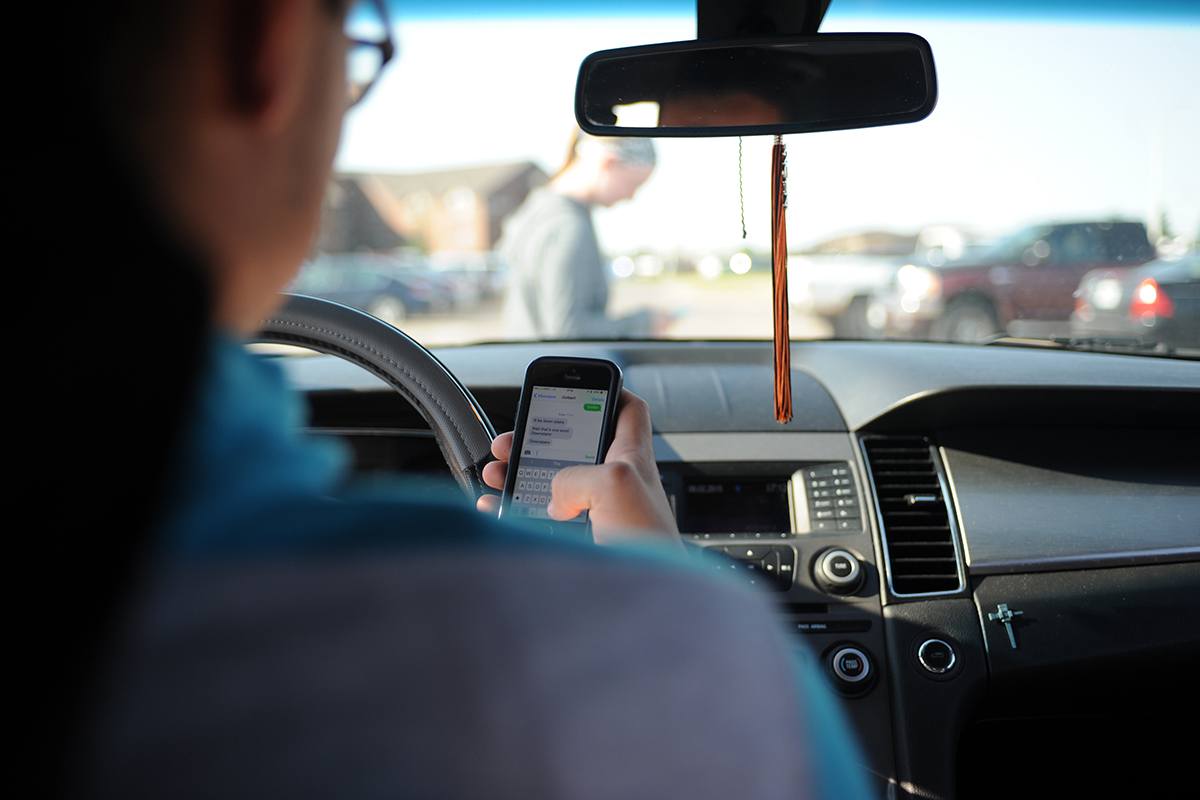By Arianna Huffington and Jay Winsten
Arianna Huffington is Founder and CEO of Thrive Global. Jay Winsten is Director of the Initiative on Media Strategies for Public Health at Harvard T.H. Chan School of Public Health. A version of this article was published in The Globe and Mail.
Behind the wheel, do you worry about the distracted, aggressive, and incompetent drivers you see all around you? Well, you’re not alone. In polls, large majorities say they’re concerned about being injured or killed in a crash caused by another driver.
In the U.S., traffic fatalities have sharply increased during Covid-19, despite far fewer vehicles on the road. In 2020, U.S. traffic deaths rose 7.2% to 38,680. In the first six months of 2021, they surged by a whopping 18.4% compared to the first half of 2020—the biggest six-month increase since the U.S. began collecting fatal crash data in 1975.
Analysts blame the surge in U.S. road deaths on higher levels of speeding, distracted driving, substance abuse, and failure to buckle-up. It’s as though many drivers are venting their pent-up anger and frustration about life under Covid-19 by letting it rip on the road.
As a driver, how can you protect yourself and your companions against threats posed by other drivers?
The answer, in part, is to practice mindful driving: avoid your own distractions, stay vigilant, scan the road for surprises, check the body language of other vehicles, try to anticipate how a situation might evolve, and be ready to react.
Mindful driving takes practice. The first challenge, of course, is to get off the phone! Everything depends on that. But many of us who work hard at being present and mindful in other parts of our lives seem to call time-out behind the wheel. Big mistake! Huge! We run the risk of not noticing that the car ahead of us has stopped in traffic; a red-light runner is headed our way; a child is about to dart into the street after a ball; or we’re about to collide with a cyclist.
Studies have found that when a driver’s mind is focused on something other than driving—a daydream, a worry, a text, a video, or a phone conversation—the driver’s brain may not react to what the eyes detect on the road ahead. That is, the signal that travels along the optic nerve from the eyes to the brain gets short-circuited. As a result, a distracted driver can look directly ahead but fail to “see” what’s in plain view. Researchers call it “inattention blindness.” It’s to be avoided!
As drivers, we play a dangerous game of probabilities when we choose multitasking over mindfulness. The odds are we’ll get away with it on any single trip because a serious crash is a low-probability event. For example, a red-light runner needs to enter an intersection at the precise moment that we do. Over time, though, some of us are destined to run out of luck with cataclysmic consequences to ourselves and others.
In essence, a driver who becomes distracted relinquishes control of their personal safety to a stranger in another vehicle who may be impaired, distracted, sleep-deprived, inexperienced, or reckless. Who does that? Well, millions of us do. We think we’re great at multitasking and can safely monitor the road and our phone at the same time. Until our number comes up.
Consider opening yourself up to the practice of mindful driving. Make a resolution to try it out—initially, just on a single trip. Put your phone aside, try to let go of daydreams, concentrate on scanning the road for surprises, notice how it feels to be free of distractions.
Here are some additional Microsteps you can take to help break the habit of distracted driving:
*Put your phone completely out of sight and out of reach.
Distracting activities like reaching for objects more than double the risk of crashing. Reduce the temptation by putting your device in the back seat or glove compartment.
*When you’re at a red light, take a breath instead of reaching for your phone.
Conscious breathing can help you to be more present and improve your attention.
*As you buckle your seatbelt, commit to a distraction-free drive.
This technique will help you hold yourself accountable and be more intentional.
*Tell your passengers that you’re committing to a distraction-free drive.
If someone is in the car with you, let them know you won’t be looking at your phone. Ask them to hold you accountable—and even to hold your phone!
*Turn on “Do Not Disturb” mode when driving.
Silencing your notifications will reduce distractions and lower your risk.
*Before a long trip, get a good night’s sleep.
Drowsy driving is a significant risk-factor for road injuries and fatalities.
Take care and stay safe out there!
photo: U.S. Air Force/Airman Sadie Colbert




